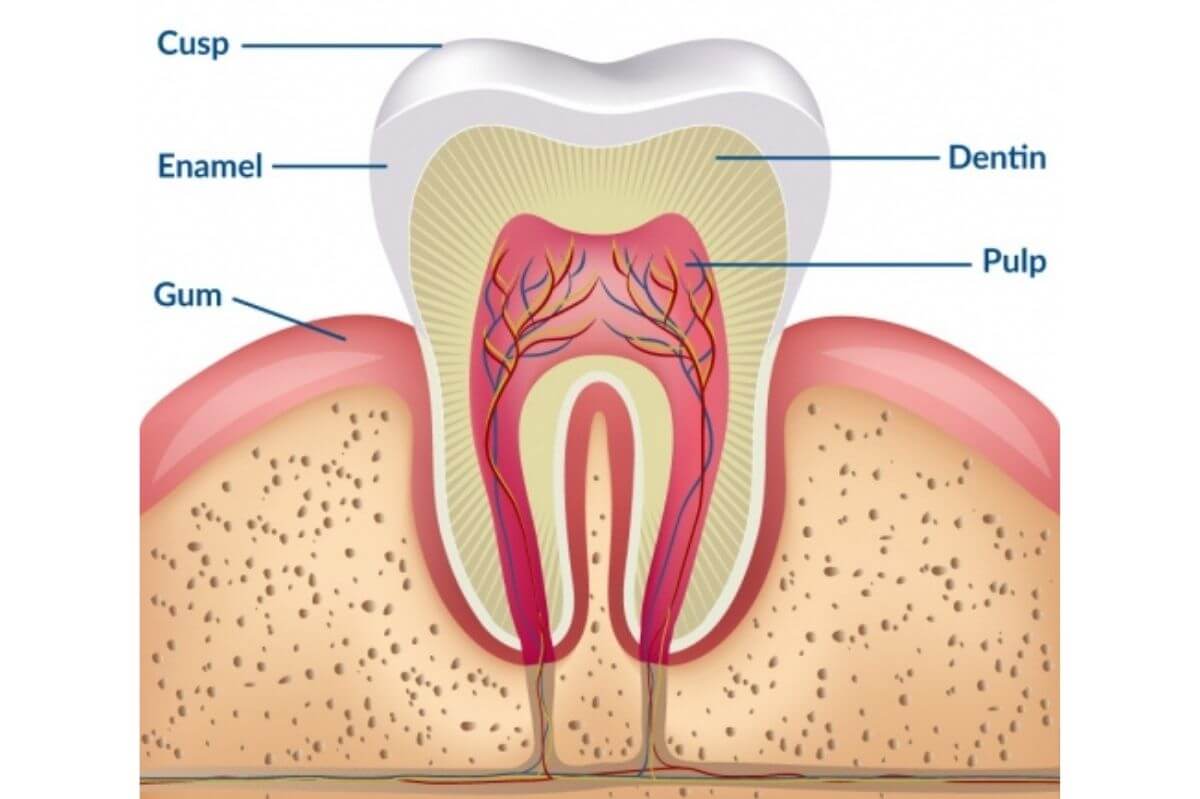Should You Floss Before or After Brushing? Ultimate Guide
Maintaining a healthy oral hygiene routine is crucial for fresh breath, strong teeth, and healthy gums. One common question that often arises is: Should you floss before or after brushing? Let’s break down the science and expert advice to uncover the best approach for your dental care routine.
Why Flossing is Important
Flossing plays a vital role in oral hygiene by removing food particles, plaque, and bacteria from between your teeth and along the gumline — areas that your toothbrush can’t always reach. Consistent flossing can help:
Reduce gum disease risk
Minimize bad breath
Brushing vs. Flossing: Which Comes First?
Experts have differing opinions, but recent studies and dental associations provide valuable insights. Let’s analyze both methods to determine which is better for optimal oral health.
The Case for Flossing Before Brushing
Flossing before brushing has gained strong support from many dental professionals. Here are the key reasons:
Removes Plaque First: Flossing first helps dislodge debris and plaque, allowing toothpaste fluoride to better penetrate between your teeth.
Boosts Fluoride Absorption: Studies suggest that brushing after flossing leads to better fluoride retention in the mouth.
Encourages Consistency: Starting with flossing may increase your chances of sticking to the habit consistently.
The Case for Flossing After Brushing
On the other hand, some dentists advocate flossing after brushing, arguing that:
Brushing First Clears the Surface: Brushing first removes the bulk of plaque, so flossing afterward ensures nothing is left behind.
Rinses Remaining Particles: Flossing after brushing followed by rinsing can help remove stubborn debris more effectively.
What Do Dental Experts Recommend?
The American Dental Association (ADA) recommends flossing once daily and brushing twice a day. While they do not specify an order, research increasingly supports flossing before brushing for optimal fluoride retention and plaque removal.
Step-by-Step Guide to Flossing and Brushing for Best Results
To achieve maximum oral hygiene benefits, follow these steps:
Step 1: Floss First
Use about 18 inches of dental floss.
Gently slide the floss between your teeth in a C-shape curve.
Floss below the gumline to dislodge trapped debris.
Step 2: Brush Your Teeth
Use a fluoride toothpaste and a soft-bristled toothbrush.
Brush for at least two minutes, covering all surfaces of your teeth.
Don’t forget your tongue to reduce bacteria.
Step 3: Rinse Thoroughly
Rinse your mouth with water or an antibacterial mouthwash to clear away any remaining debris.
Common Flossing Mistakes to Avoid
To get the most out of flossing, avoid these mistakes:
Snapping the Floss: Aggressively snapping the floss can harm your gums.
Skipping Back Teeth: Plaque often builds up in hard-to-reach molars.
Using the Same Floss Section: Using a fresh section of floss for each tooth ensures cleanliness.
Choosing the Right Dental Floss
There are several types of dental floss to suit your needs:
Waxed Floss: Glides easily between tight teeth.
Unwaxed Floss: Ideal for teeth with wider gaps.
Dental Tape: Broader and effective for people with more space between teeth.
Water Flossers: Excellent for people with braces or dental work.
Benefits of a Consistent Oral Hygiene Routine
A proper dental routine that includes flossing before brushing offers these benefits:
Reduces plaque buildup
Improves breath freshness
Strengthens enamel through better fluoride absorption
Flossing for Different Age Groups
Children
Start flossing as soon as two teeth touch.
Use child-friendly flossers for easier handling.
Teens and Adults
Encourage regular flossing by making it a consistent habit.
Seniors
Dental aids like water flossers or floss holders may make flossing easier for those with limited dexterity.
Flossing and Special Dental Conditions
If you have braces, dental implants, or crowns, specialized floss or water flossers can help you maintain optimal oral hygiene without damaging dental work.
Try Lidercare Now!
We Help You Launch New Products, And Continue To Grow. Try Us With 20% Off Your First Order!
Conclusion
So, should you floss before or after brushing? Evidence leans toward flossing before brushing as the most effective way to reduce plaque, enhance fluoride retention, and improve overall oral health. However, consistency is key — whether you floss first or last, the most important thing is to do it daily.
FAQs
1. Can I use mouthwash instead of flossing?
No, mouthwash complements flossing but cannot replace its mechanical action to remove debris.
2. How often should I floss?
Floss at least once a day to maintain healthy gums and reduce plaque buildup.
3. Is it safe to use a water flosser instead of traditional floss?
Yes, water flossers are highly effective, especially for people with braces or dental work.
4. Can flossing too much damage gums?
Flossing too aggressively or frequently may cause irritation, so floss gently and carefully.
5. What should I do if my gums bleed during flossing?
Bleeding may occur if you haven’t flossed regularly. Continue flossing gently, and bleeding should subside within a week or two. If it persists, consult your dentist.
Table of Contents
Awesome! Share to:
Latest Blog Posts
Check out the latest industry trends and take inspiration from our updated blogs, giving you a fresh insight to help boost your business.




